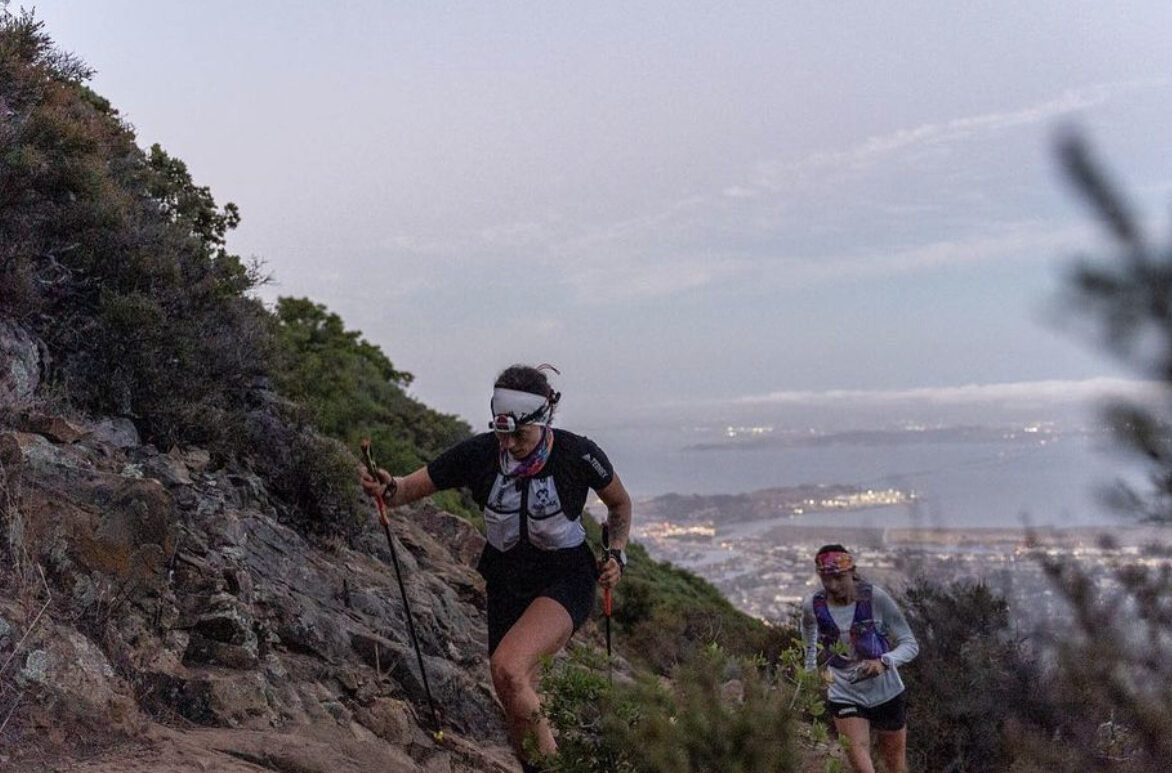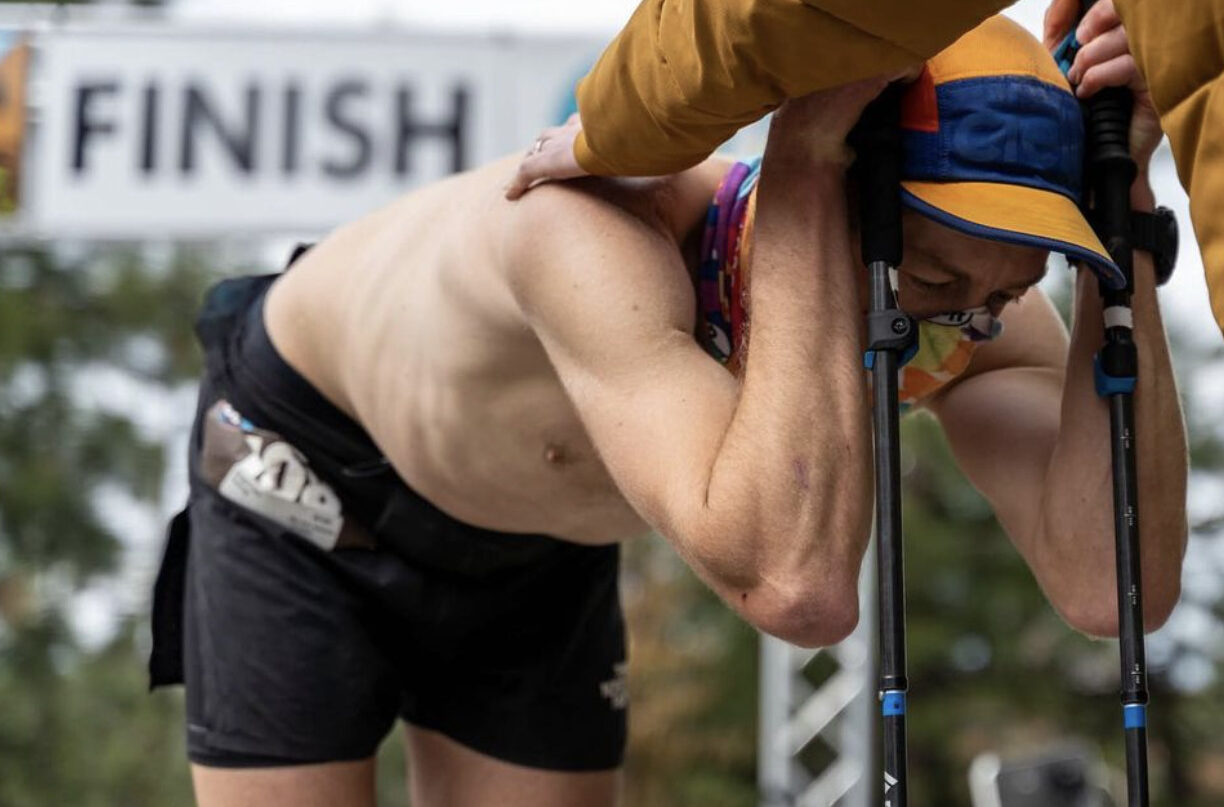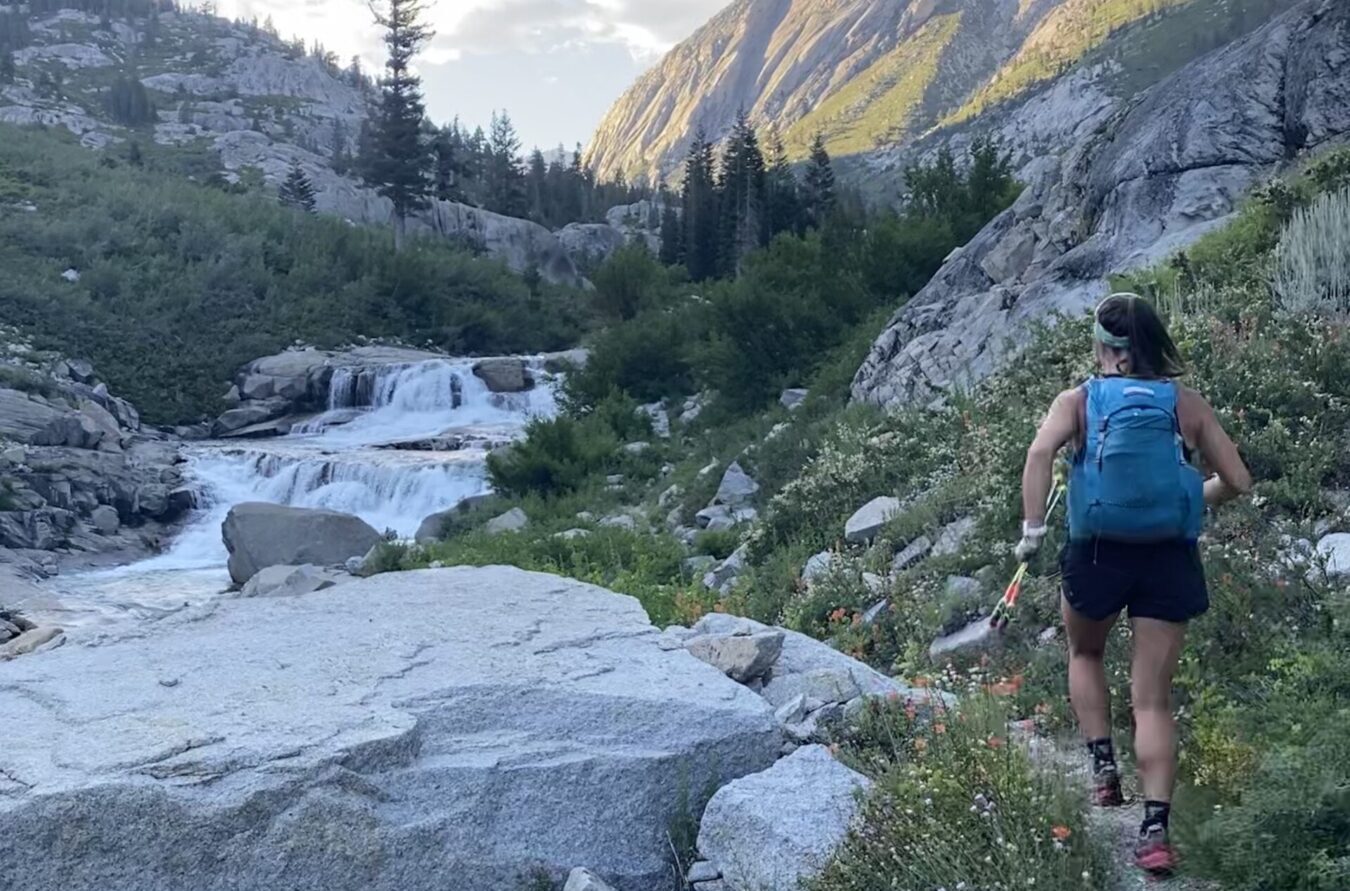
In our Trail Running 101 series, we’re covering just about everything you might want to know to get started in the sport, as well as tips and tricks for experienced runners to make it more enjoyable. This is the ninth part of the series; stay tuned for more.
Intro
One of the benefits of trail running’s proliferation in popularity over the last decade or so has been the exchange of styles between cultures. The wide division between what trail running looked like in the US versus its older incarnation in Europe is constantly narrowing, with influences now flowing in both directions. The effects of this cross-pollination are probably most evident here in the States, with the rising prevalence of “skyraces” and Vertical Kilometers, two race formats that are distinctly European, as well as the ubiquity of foreign footwear brands, like Hoka, Salomon, La Sportiva, and Scarpa, to name just a few.

Another hallmark of European trail running to make its way onto US singletrack is the advent of trekking poles, an accessory that’s becoming increasingly in vogue as the technology used to produce them advances. Now constructed mostly from very lightweight materials (e.g., carbon fiber) to optimize them specifically for ultrarunning, modern poles are less of a nuisance to carry than their bulkier predecessors and can really come in handy, particularly when climbing and descending steep terrain. While plenty of runners never break out a pair of poles, they can be a big help when it comes to navigating efficiently up and down steep terrain. When used properly, they can increase propulsion going uphill, more evenly distribute the impact from running downhill, and keep you steady on tricky, off-camber surfaces.
While running with poles might sound pretty intuitive, getting a handle (sorry) on when and how to use them efficiently takes some practice. In this article, we’ll offer some tips on how (and when) to wield them like a pro.
Fit & Form
The first step in sorting out how to use poles effectively is making sure the pair you have fit you properly. The traditional way of figuring this out is, when standing on even ground and gripping the poles’ handles with your elbows at your sides, they should create a 90-degree angle at your elbow. While almost all trekking poles bespoke for trail running are collapsible, either telescopically or by being broken down and folded into thirds (e.g., “z-poles”), most come in fixed measurements (centimeters), so it’s best to try them out in person first if you can.
Once we’ve landed on a pair of poles that are sized correctly for your height, the next fundamental to learn is how to properly hold them, something a lot of folks get wrong. Most poles generally come with adjustable straps attached to the top of the grip. While they can occasionally get in the way, making use of this feature can improve your form, reduce the amount of effort you need to hang on to your poles, and help keep them organized while running. Start by passing your hand up through the loop of the strap so that the padded section furthest away from the pole is draped around and supporting the back of your hand, then lightly take hold of the upper section of the grip between your thumb and forefinger. While you’ll likely spend most of your time in this position, most poles also offer a thinner foam grip that tapers down the shaft beneath the main grip, which can be leveraged on steep terrain.

Using Poles on Climbs
Most folks new to trail running generally associate trekking poles with climbing — almost every image we see of someone with a pair in hand is using them to inch their way up a steep grade. While this slant might be underselling other instances in which trekking poles might be more useful (which we’ll get to), there’s no doubt they can be of huge benefit on extended ascents. Doubling your points of ground contact not only increases the force of your stride, theoretically making you faster, but it can also distribute it more evenly, so you’ll move more efficiently even if your speed doesn’t increase. Poles can also serve to counteract most peoples’ tendency to collapse their upper bodies when climbing, which should help optimize oxygen intake by keeping them more upright. In a similar vein, they can be used for stability on unstable terrain like loose talus and scree, as well.
Using Poles on Descents
There’s a term in trail running lingo called “blown quads,” a painful, stop-you-in-your-tracks cramping in the legs that’s typically the result of overloading the quadricep muscles during a long descent. Running downhill increases impact forces exponentially, a punishment that can really start to take its toll over the course of a long run / race with a lot of vertical change. Trekking poles can protect your legs from this type of abuse by essentially dispersing impacts across multiple planes while descending, regardless of speed. At slower paces on steeper trails, they can be placed out in front of your body and used to lower yourself down short drops; during faster downhill efforts, poles can help you maneuver, brake, and catch you when you stumble, much like they’re used in the context of skiing. It’s wise to remove your hands from the grip straps when bombing a descent so you can easily ditch your poles and brace yourself in the event that you fall.

Some Things to Keep In Mind When Running With Poles
- Remembering to fuel yourself regularly during long runs (> 90 min) is hard enough as it is. Poles can further compound this problem by keeping your hands occupied for long stretches of time, preventing you from accessing bars / gels stored in your pack or pocket. Even if it means coming to a stop and setting your poles aside to eat, taking in a constant stream of calories should be a priority.
- Most modern trekking poles come with carbide tips that do an excellent job of gripping into dirt and clinging to rock; however, over time they can begin to dull and lose their effectiveness, so make sure to replace them with new ones once they’re worn. If you’re not able to do so yourself, most gear shops should be able to help you out.
- For flat stretches of trail between climbs / descents, carrying your poles in your hands is totally acceptable with the understanding that you’ll soon need to use them again. However, for sustained flats, you’re better off collapsing and storing them. Therefore, having somewhere to stow poles when not in use is pretty important. Larger-volume running vests (e.g., Ultimate Direction Ultra Vest 5.0) are frequently equipped with pole attachments for this purpose, and running belts, like the Naked Running Band, offer elastic loops along their rear for storage.
- A mandatory note about safety: trekking poles have very pointy ends. If you’re running with them, ensure that you leave enough space between you and your neighbor; puncture wounds from friends are no fun.

How to run with Poles? Start running with Czechs and work your way up.
Thank you, tip your server